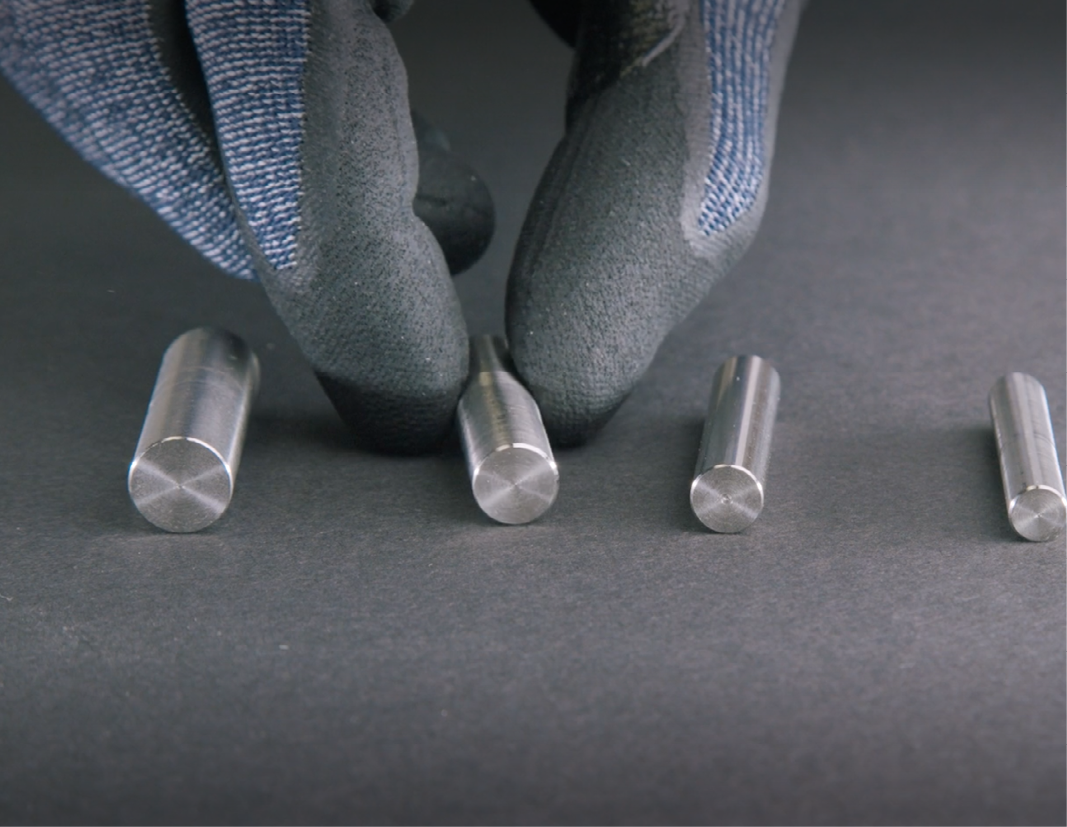The EN ISO 21420 standard specifies the test methods for the following:
- Sizing
- Dexterity
- pH levels in both textiles and leather materials
- Chromium content in leather gloves
- Azo colourants in coloured textiles
- Nickel in metallic fibres
- Polycyclic aromatic hydrocarbons in rubber materials
- Dimethylformamide in gloves containing polyurethane
- Electrostatic properties

What updates have been made to the EN ISO 21420?
The EN ISO 21420 is now more aligned with the rEACH on hazardous substances or substances of very high concern.
This means additional testing for:
- Nickel in metallic materials in contact with skin (shall be <0.5mg/cm2 / week)
- DMFa for products containing polyurethane (shall be <1000ppm)
- Polycyclic aromatic hydrocarbons (PAHs) for products containing rubber (shall be <1ppm)
- The requirements for testing extractable protein in latex products have been removed
The electrostatic properties section has been expanded to include a new pictogram for gloves that meet the requirements in EN 16350.
This includes the test methods for the electrostatic properties of gloves that are intended to be worn in areas where flammable or explosive risks (ATEX environments) exist or might be present.

The minimum glove length requirements have been removed from the standard unless they are required for a specific use, i.e. welders or firefighter gloves.
There is an addition of sizes 4, 5, 12, and 13 to the hand circumference and hand length sizing requirements.
Have there been any changes in glove markings?
When it comes to changes in glove markings, the date of manufacturing, at least the month and year, or any means ensuring the manufacturing batch traceability shall be placed on the glove.
And if applicable, the obsolescence date, at least the month and year.
Are there any additional instructions that need to be followed?
Instructions for use shall now include, where the materials constituting the gloves are known to lose their performance during recommended storage, and information shall be given to ensure that the storage will not change the glove characteristics significantly.
If it is known that the design performance of the glove may be significantly affected by ageing, the
necessary information to establish a reasonable obsolescence date shall be given.
Where no cleaning instructions are given for gloves, it shall be stated that the gloves are not washable.
Watch below as we take you through the standard and the changes you need to know about.






